
Gerry Haynaly has deciphered the encrypted diary I recently introduced. Here’s how he did it.
Henry Debosnys (1836-1883), a convicted murderer, left behind four cryptograms, which are unsolved to date. Breaking them could shed light on the many mysteries that surround this case.
Erich Pieper from Hamburg, Germany wrote an encrypted diary from 1928-1931. Can a reader decipher this cryptogram?
Alession Vinci, an Italian student, died in 2019 for unexplained reasons. He left behind an unsolved cryptogram.
Just like every end of year, I am awarding the Golden Alice for outstanding achievements in the field of crypto history and codebreaking. Here are the winners of 2019.
Blog readers Richard Bean, Frode Weierud and George Lasry have broken most of the ciphertexts from the Biafran War I recently introduced.
It’s probably not a Christmas card, but at least an encrypted card that was sent on the occasion of a celebration. Can a reader decipher this cryptogram?
Here’s one of the oldest encrypted postcards I have ever seen. Can a reader decipher it?
Konstantin Hamidullin from Latvia has solved my Playfair challenge from November 2019. With only 26 letters, this is the shortest Playfair cryptogram ever broken.
Last week, I introduced a 750-letter ciphertext created with a bigram substitution. Jarl Van Eycke and Louie Helm have now solved this challenge. As far as I know, this is the shortest bigram cipher challenge ever broken.
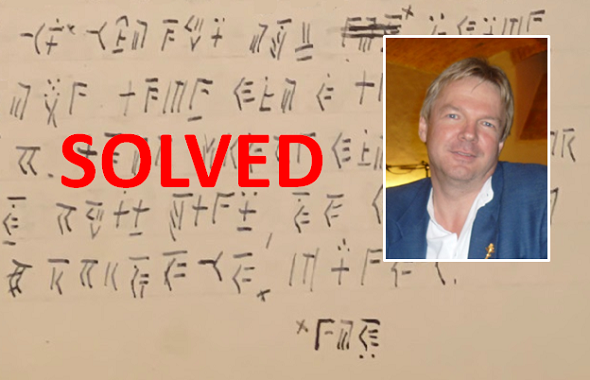
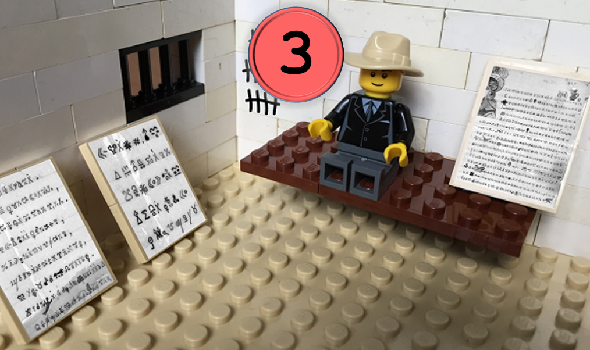
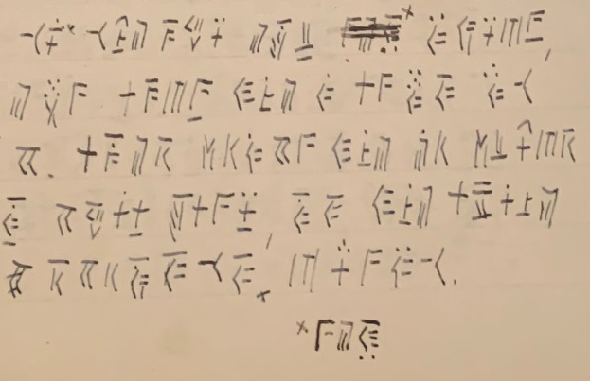

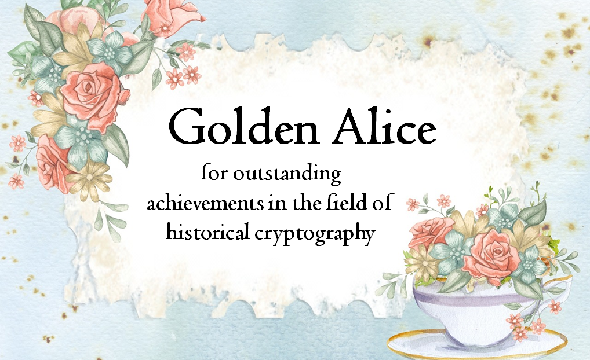
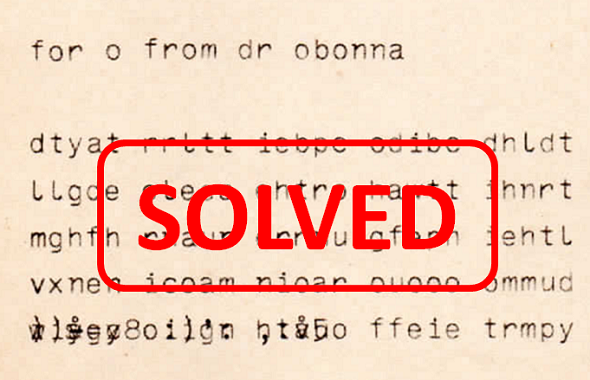
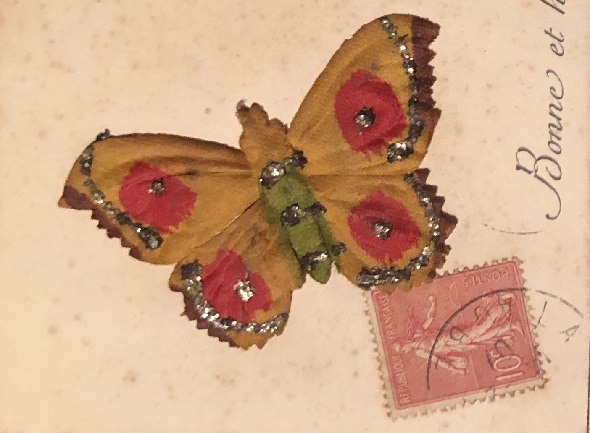
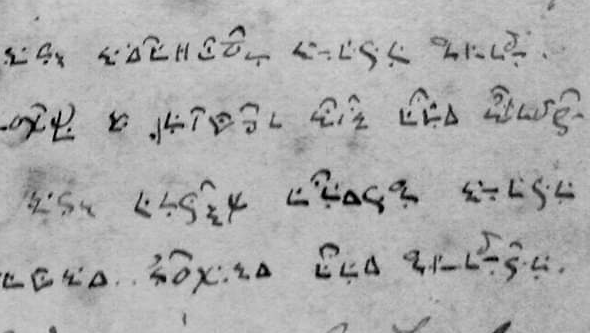
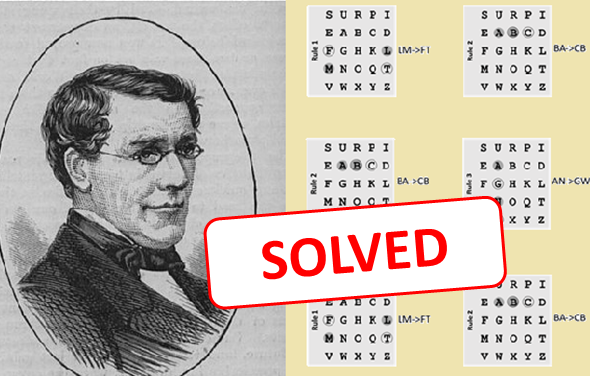
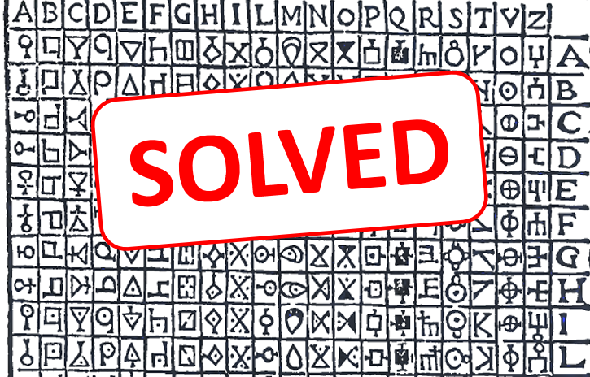
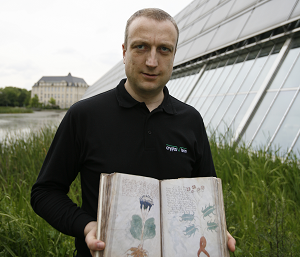
Letzte Kommentare